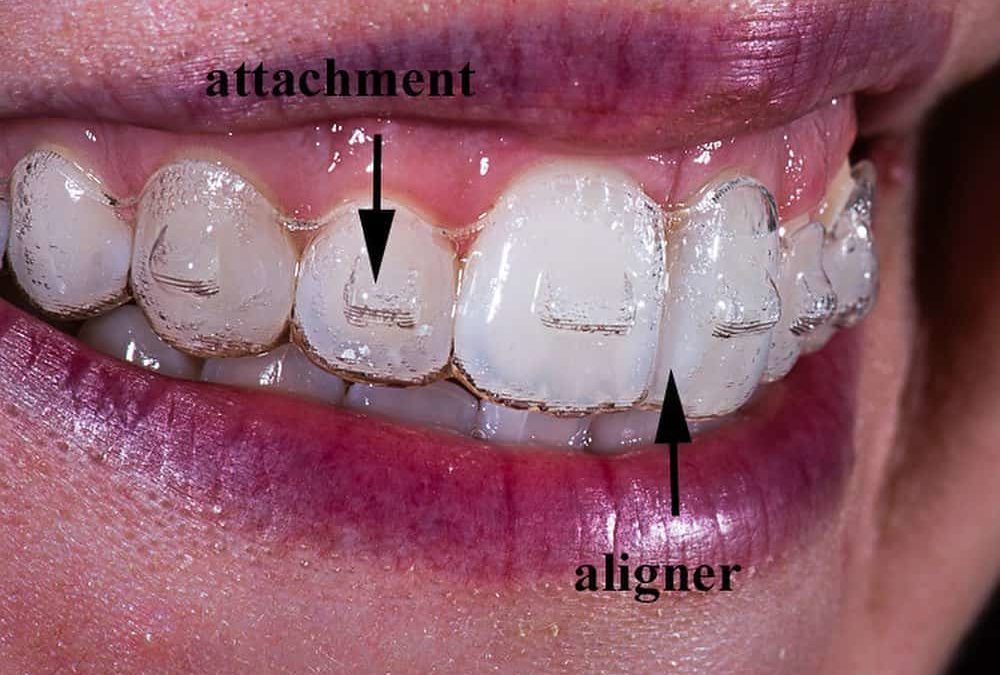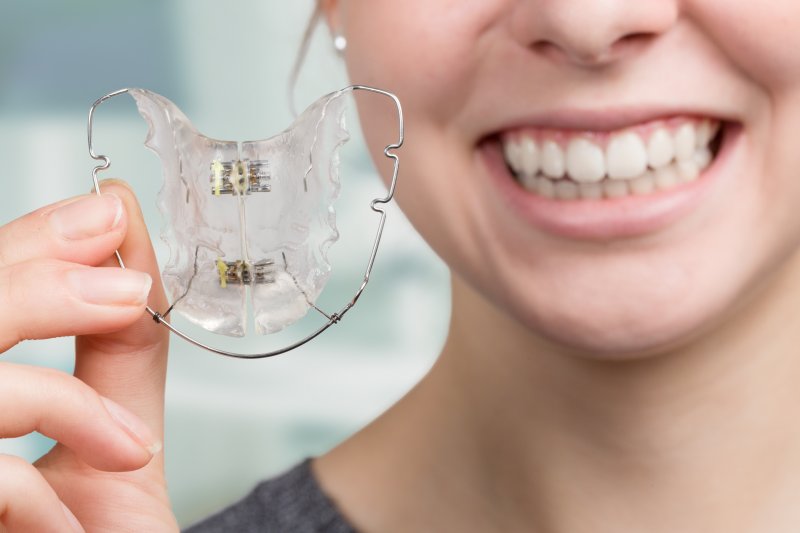Frequently Asked Questions Concerning Invisalign: Everything You Required to Know
Frequently Asked Questions Concerning Invisalign: Everything You Required to Know
Blog Article
Invisalign vs. Standard Braces: Which Alternative Is Right for You?
When taking into consideration orthodontic treatment, the selection between Invisalign and traditional braces presents a number of essential factors that warrant careful evaluation. Invisalign uses a discreet option with removable aligners, while standard braces provide an extra visible yet efficient solution for serious imbalance. Each option includes distinct advantages and drawbacks connected to visual appeals, convenience, treatment period, and cost. Comprehending these subtleties is important for making an informed decision that aligns with your individual preferences and way of life. The inquiry remains: which choice will best satisfy your orthodontic demands and expectations?
Summary of Therapy Options

In comparison, standard dental braces consist of metal braces and cables that are bonded to the teeth. This method uses continuous stress gradually to achieve alignment. While reliable for intricate orthodontic problems, conventional dental braces need normal check outs for adjustments and can posture challenges in keeping oral hygiene as a result of the difficulty of cleaning about cords and braces.
Both choices have their merits, and the choice usually pivots on particular oral problems, way of life preferences, and individual compliance. Eventually, seeking advice from an orthodontic expert is vital for establishing the most ideal therapy strategy tailored to private requirements. Comprehending the subtleties of each choice can significantly influence the total success of orthodontic therapy.
Visual Factors To Consider
A significant aspect influencing the option between Invisalign and typical braces is the aesthetic allure each treatment offers. Invisalign aligners are crafted from clear plastic, making them virtually unseen when used. This very discreet appearance is particularly interesting teens and grownups who might really feel awkward concerning their orthodontic treatment. The capability to preserve a natural smile throughout the placement process can substantially enhance the client's self-confidence in expert and social settings.
In contrast, standard dental braces include steel braces and cables, which can be much more obvious. While innovations in orthodontic innovation have caused the development of smaller sized braces and colored elastics, typical dental braces still maintain an even more noticeable account. For some individuals, the exposure of dental braces may hinder them from looking for required therapy.
Ultimately, the option between Invisalign and typical dental braces may pivot on individual choices relating to visual appeals. People that focus on discernment usually favor Invisalign, while those that are much less concerned regarding exposure might decide for traditional braces. Comprehending the visual effects of each option is important for making an educated choice that straightens with one's way of life and choices.
Convenience and Convenience

In terms of benefit, Invisalign aligners are removable, allowing individuals to appreciate their favored foods without constraint and keep optimum dental health. Brushing and flossing are go to my blog simplified, as the aligners can be gotten during these routines, whereas conventional braces require cautious steering around cables and braces.
Additionally, Invisalign's dynamic system enables fewer orthodontic visits. People typically receive numerous collections of aligners at the same time, which can enhance the treatment procedure and lower time spent in the orthodontist's chair. On the other hand, traditional dental braces require regular changes, making them much less convenient for those with active routines. Invisalign. In general, the convenience and comfort of Invisalign make it an attractive choice for several individuals seeking orthodontic therapy.
Treatment Period and Effectiveness
While both Invisalign and typical braces work in dealing with dental imbalances, the duration of therapy can vary considerably in between both alternatives. Commonly, Invisalign treatment can take anywhere from 12 to 18 months, relying on the complexity of the situation. The clear aligners function by gradually changing teeth into their preferred placements, and regular follow-ups with an orthodontist assistance ensure development continues to be on the right track.
In comparison, traditional braces usually need a longer dedication, typically varying from 18 months to three years. This is because of their fixed nature and the use of braces and wires, which can be a lot more effective for serious misalignments and complex cases (Invisalign). The treatment efficiency of typical braces is well-documented, as they enable accurate changes and higher control over tooth movement
Ultimately, the selection between Invisalign and conventional braces may rest on both the anticipated therapy period and the details oral problems available. Consulting with an orthodontist is critical, as they can provide customized referrals based upon private needs, guaranteeing the chosen method straightens with wanted end results and durations.
Cost Comparison and Insurance Options
Cost plays a significant duty in the decision-making procedure for people taking into consideration orthodontic therapy, whether deciding for Invisalign or traditional dental braces. Generally, the expense of Invisalign varieties from $3,000 to $8,000, while conventional braces typically set you back in great post to read between $2,000 and $6,000. Aspects influencing these prices include the complexity of the situation, the period of treatment, and geographical area.
Insurance protection can significantly affect out-of-pocket expenditures. Numerous oral insurance strategies offer partial protection for orthodontic treatments, yet the specifics can differ widely. It is essential for clients to review their insurance plan to figure out the degree of coverage for either option. Usually, typical braces might be extra regularly covered her explanation by insurance coverage strategies compared to Invisalign, which some insurance providers categorize as a cosmetic procedure.
Additionally, a number of orthodontic techniques supply flexible repayment plans, making both treatment choices a lot more accessible. Clients ought to ask regarding prospective funding options and discount rates for ahead of time repayments. Reviewing the total expense, including insurance policy benefits and layaway plan, is necessary for making an informed choice that aligns with both visual choices and budget considerations.

Final Thought
In summary, the selection between Invisalign and typical braces depends upon multiple variables, including visual preferences, convenience, therapy duration, and expense. Invisalign offers a very discreet, removable choice that helps with dental hygiene and nutritional flexibility, while traditional dental braces might be better for intricate oral issues and usually come with a lower rate point. Eventually, consultation with an orthodontist is necessary to analyze private scenarios and determine one of the most suitable treatment alternative for accomplishing optimal oral placement.
When considering orthodontic treatment, the choice in between Invisalign and conventional braces provides several vital variables that merit cautious assessment.Comparing Invisalign and traditional braces reveals distinctive treatment alternatives for orthodontic improvement.While both Invisalign and standard braces are effective in correcting oral misalignments, the duration of treatment can differ dramatically in between the 2 options.Expense plays a considerable function in the decision-making procedure for people considering orthodontic treatment, whether choosing for Invisalign or typical dental braces.In summary, the selection between Invisalign and standard dental braces hinges on multiple factors, consisting of visual choices, comfort, therapy period, and price.
Report this page